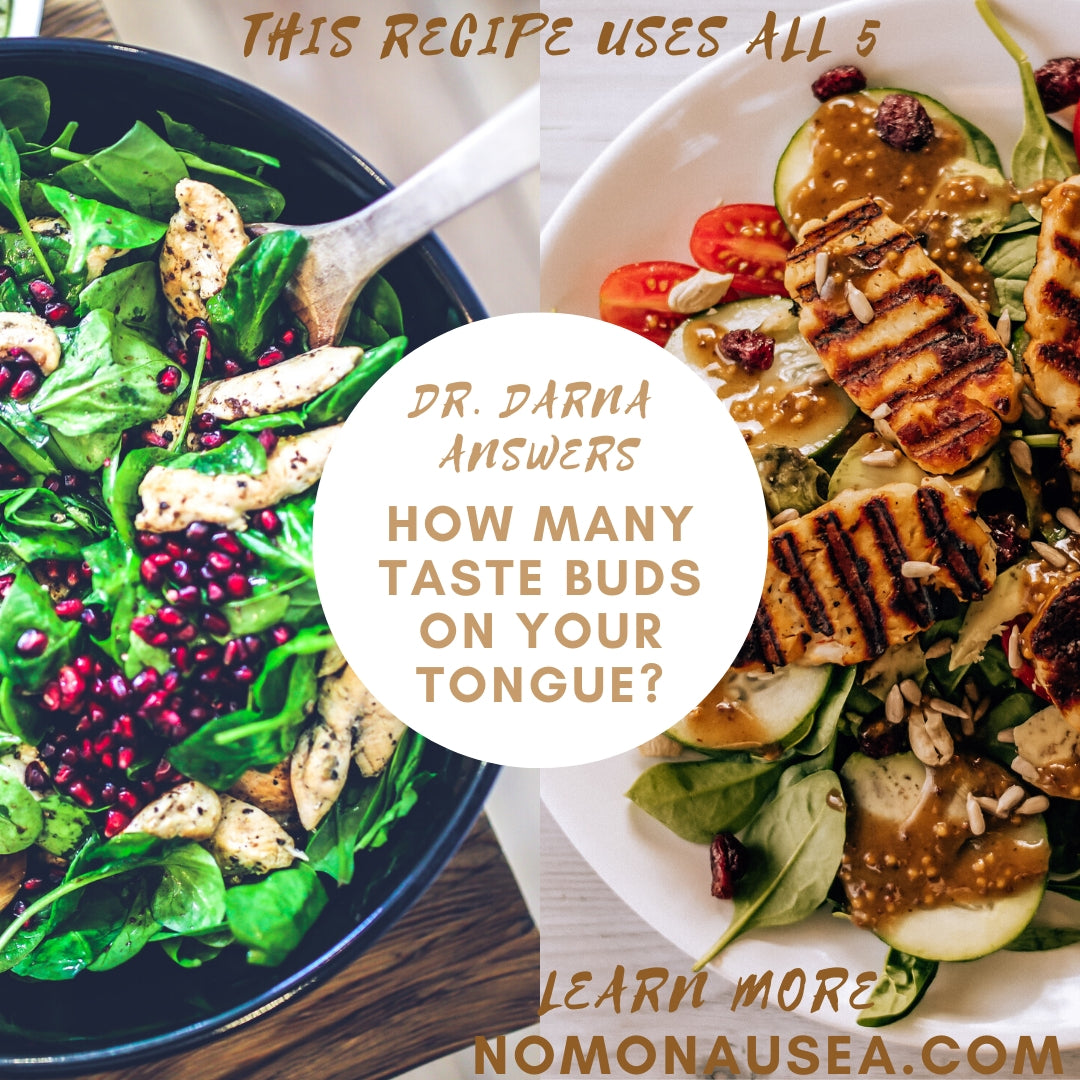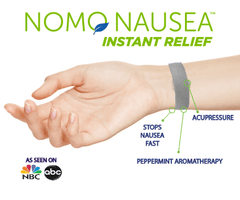
Taste Buds On Tongue
How do we taste food? You'd be amazed how many intricate parts of your tongue are needed to taste something you like. Just guess how many taste buds you have? Watch Episode 2 TASTE BUDS ON TONGUE with yours truly Dr. Darna for the answer...
Physiology of Taste
I won’t keep you in suspense. There are over 8000 taste buds on your tongue with 100 receptors. The sense of taste is mediated by taste receptor cells in clusters called taste buds. These taste receptor cells sample whatever you put in your mouth and report a sensation of taste to the centers in the brainstem. The sensation of taste is generalized into 5 different categories.
- Sweet
- Salty
- Sour
- Bitter
- Umami
Let’s go on a food adventure ride. We already talked about how sense of taste is mediated by taste receptor cells which are bundled in clusters called taste buds. Taste receptor cells have lots of small molecules within them to report the taste of whatever is in your mouth. Want to see your taste buds, put food coloring on your tongue and you’ll see a bunch of little bumps. Taste buds are groups of 50-150 columnar taste receptor cells bundled together in clusters (think of grapes). Imagine that these grapes have fur, medically called papilla, that sit on top of the tongue these are called taste pore and the inside with the bundled receptors is called the taste bud. Taste of anything in your mouth is followed rapidly with increased salivation and tells your stomach to produce acid because something is coming down that we need to digest.


Sense of smell also profoundly affects the sensation of taste. Have you ever been sick and food just doesn’t taste the same? Well your nose is plugged usually with thick mucus so you can’t smell what you’re eating which affects what it tastes like. Your brain however is incredible and has a taste memory so even if it doesn’t taste the same you know what you’re eating by sight and texture in your mouth. Tastes are disrupted due to intense temperature change, example super cold or super hot.
Taste Sensations
BITTER – If you have something bitter in your mouth, you are actually tasting Quinine. Kale, collards, mustard greens, parsley, endive, celery, arugula, and grain beverage are examples
SALTY – Salty taste substance of sodium chloride, NaCl, salt. Sea salt, tamari, miso, sea vegetables, sesame salt, umeboshi plum, and pickles give you that salty taste.
SWEET – Sucrose, aka sugar, is what your tasting when something is sweet. Corn, cooked onions, squash, yams, cooked grains, cooked cabbage, carrots, parsnips, and fruits. My personal favorite taste especially when combined with salty.
SOUR – This may shock you but it is the acid hydrogen chloride, HCl, hence the sour taste. Lemon, lime, sauerkraut, umeboshi plum, fermented dishes, and pickles also taste sour too.
PUNGENT – My favorite word umami, I feel like that’s a pick up line I’m waiting to get “UuuMami” and is sensed by the amino acid Glutamate, also known as Glutamic Acid. Ginger, garlic, raw onions, white radish, red radish, scallions, wasabi, and spices like cumin are examples.
Getting food that hits all 5 of the taste sensations is actually quite hard unless your talking about a salad. This salad dressing recipe will get all of your buds (taste buds that is) in on it.
Recipe for Creamy Sesame Dressing
Ingredients
4 rounded Tbsp sesame tahini
1 Tbsp onion, chopped
2 umeboshi plums, pitted and chopped
1 dash of soy sauce
2 Tbsp maple syrup
1 Tbsp chopped parsley
1 cup of water
How to make it:
Combine all the ingredients in a blender and puree until smooth.
Slowly add water to achieve a creamy consistency.
